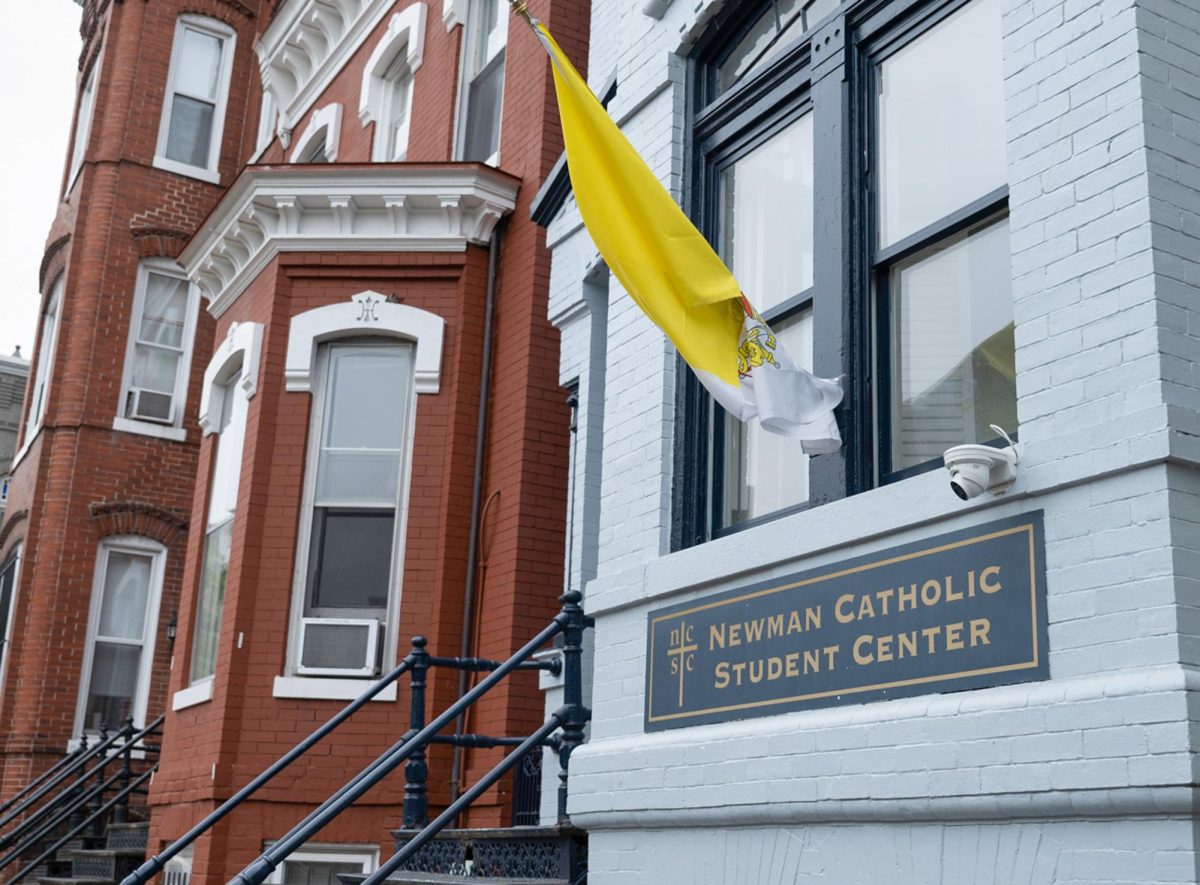Is the American dream attainable?
History professor Tyler Anbinder is seeking an answer to that question with his upcoming research endeavor.
The project, “Moving Beyond ‘Rags to Riches’: New York’s Irish Immigrants and Their Surprising Savings Accounts,” focuses on the story of 19th century Irish immigrants’ ability to save money and subsequently achieve the often-elusive American dream.
The project uses archives from the Emigrant Savings Bank in New York City, as well as historical documents from the New York Public Library, to acquire information on the finances of pre-Civil War immigrants.
The availability of resources coupled with Anbinder’s penchant for ethnic history ultimately led to his decision to focus specifically on the financial feats and failures of the Irish immigrant population during the famine era, a period that plummeted Ireland into abject poverty and drove millions to emigrate to the United States.
“I’m always telling my students it’s best to build a research project by first finding great documents and then using them to pick a research topic. This was a case where I followed my own advice,” Anbinder said.
Although the project is headed by Anbinder, he describes his role as a “supervisor,” and notes that undergraduate researchers are key to the project’s fruition.
Students will play the largest role in the research, analyzing 18,000 handwritten savings accounts and compiling biographical information on the immigrants themselves.
Senior Katie Carper worked on the project for four months, often devoting 30 hours a week of research throughout the summer.
“I think this is something that not many people have done before, in terms of detailing how much these immigrants were actually able to save. The way professor Anbinder is going back to the actual bank records is really important,” Carper said.
Working with College of Staten Island economics professor Simone Wegge, as well as University College Dublin’s Irish-famine expert Cormac O’Grada, Anbinder is already developing conclusions about the attainability of the American dream. He said many immigrants saved more than modern day historians have been led to believe, a discovery that could impact historians’ perceptions of the “rags-to-riches” concept.
“My working hypotheses, given the preliminary information I have, is that more immigrants achieved the American dream than one would think, given their circumstances,” Anbinder said.
The project is funded by a $290,000 grant awarded to Anbinder in August on behalf of the National Endowment for Humanities.
Competitive and sought after among professors and researchers in the history field, the grant provides a forum for collaborative research among multiple scholars.
“For someone who is used to doing five page proposals, the 20-page application proposal was huge in comparison. It was a much more complicated process than a historian like me is used to,” Anbinder said.
Anbinder, the author of two historical novels, “Five Points” and “Nativism and Slavery,” boasts a substantial list of achievements in the field of historical research. His explorations of Irish immigrant life in the famine era have been featured on National Public Radio and in numerous historical journals, and his area of expertise focuses on the histories of immigration and ethnicity in New York City.







